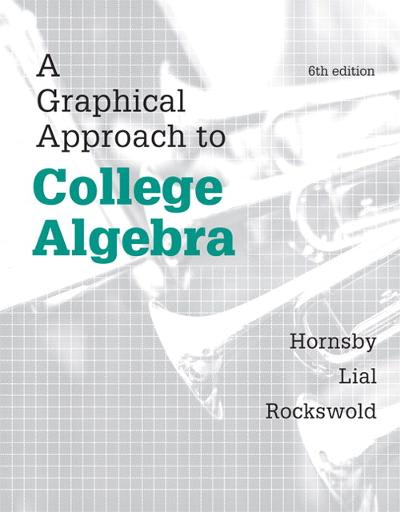I need to find a transition matrix for option a, I've made a diagram and know that the state depends on the past 2 states but I don't know how to convert it, can you please guide me
A. A 2 0 2 1=1 Initial Joke LAB # of Clamp AS A A 10 2 1 only way to get to A+ 2+1, 12 2 4. 2 72 1 4 . 1 2 3 4 5 6 1 8 12 42 Ne Claims -1 Background You are an actuarial analyst at AK Insurance. Your company otters a Bonus-Malus System [EMS] for also calls-Cl No Claim Discount [NCDl] car insurance scheme, which has 5,00\" policyholders in the current policy year [2021]. The base premium charged to policyholders is 39m] per annnm1 before any discounts or penalties are applied. Your company has been modelling the transitions for all policyholders in the current portfolio using a discretetime Markov chain. From a previous analysis, you can assume that the annual number of claims for each policyholder is independent and follows a Poisson distribution with expected claims frequency parameter .1. = 0.4. Moreover, you can assume that the slate of each claim is independent and follows a Gamma distribution with parameters o = 2 and f5 = 0.01)] [that is, with mean 2, [100}. The size of each claim is also independent of the annual number of claims. [Current BMS scheme] The details of the current BMS schmne are summarised below. There are ve levels of discount, summarised in the following table. Ta - ' I ' :-_ I ' ' : I ' ' :-_ - IEI-Iai:'ln Discount on m-nlmlsl New policyholders enter the scheme on Discount Level D. If policyholders have no claims during a year, they more up to the next higher discount level in the following year (subject to the highest Discount Lerel 2]. If policyholders have only one claim during a year, they move down to the next lower level of discount; and if they have two or more claims, then they mm'e down two levels [subject to the lowest Discount Level -2 in both cases}. Your actuarial pricing team just had a meeting to discuss potential changes to the current scheme. Your manager is particularly interested in the following two ideas raised in the meeting. [Option A] This modication aims to tale: into account a longer claim history of policyholders in providing discounts to them. A policyholder will name up to the next higher discount level in the following year only if they have two consecutive claim-free years, and remain in the current discount level if they have no claim only in the current year. For example, they will only more up a discount level in 2022' [subject to the highest Discount Level 2] if they have no claims in 2020 and E2l. If they have no claim in 2021 but one or more claims in EDEU, they will remain in the same discount level in 2022. The other transition rules remain unchanged, that is, if a policyholder has one claim during a year1 they move down one discount lmel in the following year; and if they have two or more claims during a year, they move down two discount levels in the following year [subject to the lowest Discount Level -2 in both cases]








